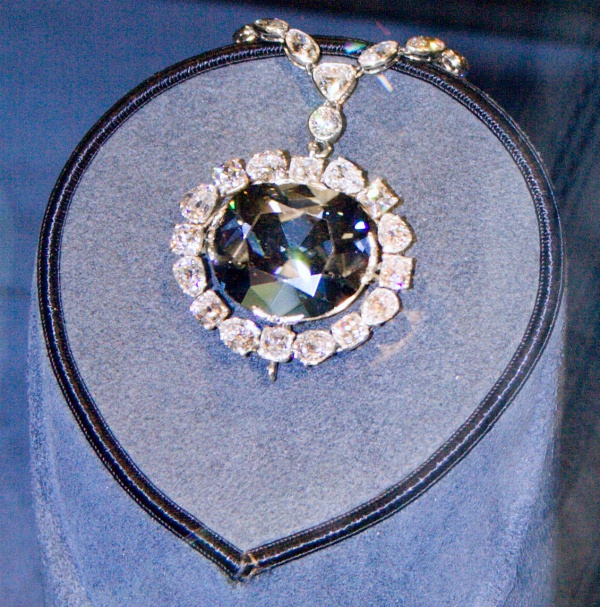Facts About Hope Diamond
The Hope Diamond is one of the world's most renowned gems, with a captivating history spanning nearly 400 years. Its story began in India, where French gem merchant Jean-Baptiste Tavernier acquired it in 1666. Originally known as the Tavernier Blue, the diamond was later recut and sold to King Louis XIV of France, becoming known as the French Blue. During the tumult of the French Revolution, the diamond was stolen and eventually surfaced in London, where it was reshaped into what we now recognize as the Hope Diamond. The gem was named after the Hope banking family, who owned it in 1839.
Washington socialite Evalyn Walsh McLean later purchased the diamond, and in 1958, renowned jeweler Harry Winston donated it to the Smithsonian National Museum of Natural History.
Weighing 45.52 carats, the Hope Diamond is no ordinary blue diamond—it possesses unique properties, such as a red phosphorescence under ultraviolet light. Over the years, its storied past has been embellished with tales of curses and misfortune, likely to enhance its allure. However, for the Smithsonian, the diamond has been nothing short of a good omen since its acquisition.
In recent times, experts have employed advanced technology and historical research to create replicas of the Hope Diamond and its earlier form, the French Blue. These replicas, along with reconstructions of the elaborate Golden Fleece jewel, have provided deeper insights into the diamond's history and its connections to European royalty. These efforts emphasize the intricate craftsmanship and storied past of this extraordinary piece of jewelry.

 Canada
Canada